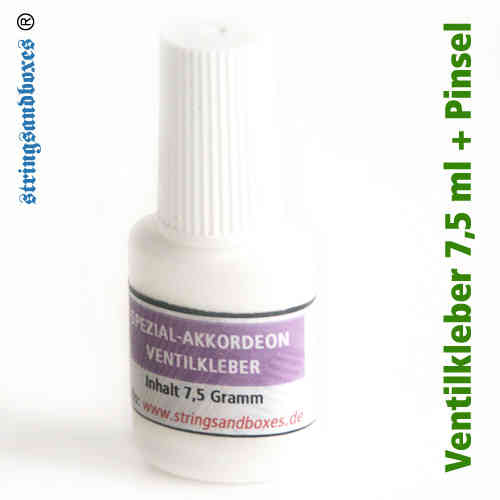debra - of course, you're absolutely right. Plastics are a minefield. We are seeing degradation of many decades-old - and much younger - plastic items these days. One of the commoner failure mechanisms is the leaching out of plasticizers. It's really not safe to assume that a plastic item - of unknown composition - will last decades, or even be dimensionally stable in the long term. However, that's a bit off-topic.
Your mentor with half a century of experience presumably grew up with a type of shoe glue that probably no longer exists. It might even have been fish glue ("Seccotine' was one brand name, in UK). I'm going slowly crazy, looking at manufacturers' data-sheets for the many different types of 'shoe glue' available today. There are many chemistries employed, each with their own advantages, disadvantages and compatibility limitations. For example, toluene is a solvent used in many 'shoe glues'. PVC (= Vinyl) is attacked by toluene, so that should rule out toluene-based adhesives, unless you're sure your valves are not PVC.
At the moment, I think the 'best' adhesives, of the so-called 'shoe glue' type may be polyurethane-based. Bostik make a 'shoe glue' of that type, and claim that it is good for PVC and metal. Exactly what it's called in different countries, I haven't yet discovered. Loctite also offer hopeful-looking products. I was hoping to use 'Shoe Goo' (Eclectic Products, USA), but it's toluene-based.
The other problem is that it's difficult to find out what the plastic valves are made from. I'm pretty sure they're not all PVC.
It's a mess...

